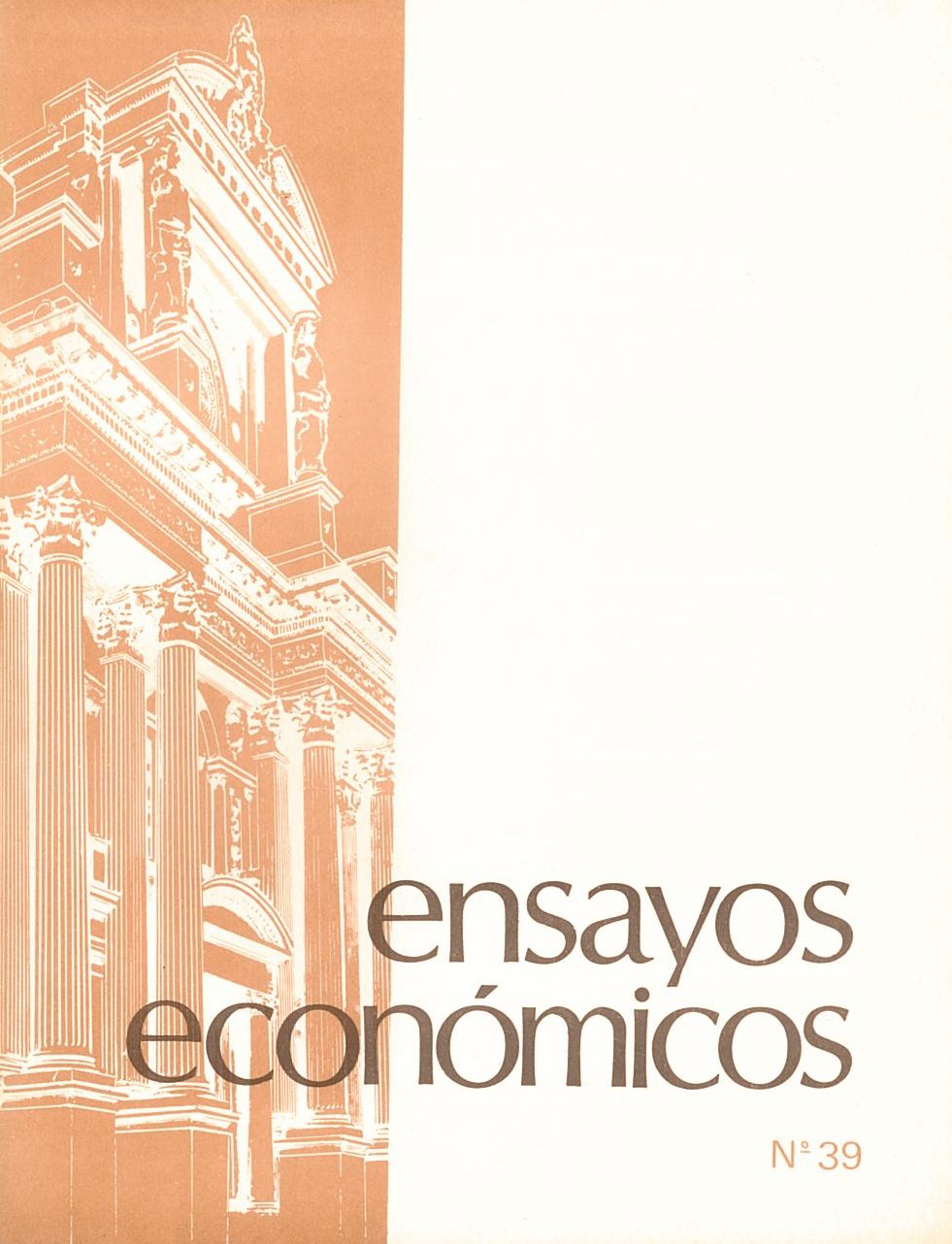Intertemporal utility: A contribution from the macroeconomic point of view
Keywords:
Argentina, Consumption, Econometric Analysis, Intertemporal Utility FunctionAbstract
In this article we attempt to estimate an indirect intertemporal utility function based on the statistics corresponding to Argentina. To this end, using Roy's identity, the transformation of the consumption demand function into an indirect utility function is proposed. To obtain the consumption demand function, we proceeded in a similar way as in the work of Leone (1980), although trying to capture, from there, the behavior of an individual instead of the aggregate. In this way, we start from an approach inspired by overlapping generations models, identifying the problem that each person solves by distributing their consumption over time. Of the different “representative” individuals that this approach generates, the one that a priori seems to offer more possibilities of measuring their behavior was chosen. Finally, using least squares, the savings demand was estimated for the period 1962-1982, indicating the steps that would lead to the desired intertemporal utility function. Beyond the value of the results obtained, this article attempts to emphasize the importance of the microeconomic approach to macroeconomic variables to obtain results with aggregate consistency.
JEL classification: C20 ; D15 ; E21




